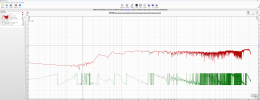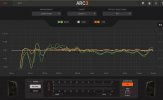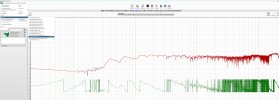Hi I have ARC 3
with the original microphone for calibration
I bought the total package
I've had it for about two years.
I wanted to ask if anyone feels that it increases the high frequencies a little too much?
I have HD 650 headphones
And when I listen to monitors with ARC 3 together
It feels like the high frequencies are more open and less natural
And maybe it can be confusing in the mix if you want more high frequencies
And you are there less because of it.
But that's just a guess...
Maybe the problem is in my room.
with the original microphone for calibration
I bought the total package
I've had it for about two years.
I wanted to ask if anyone feels that it increases the high frequencies a little too much?
I have HD 650 headphones
And when I listen to monitors with ARC 3 together
It feels like the high frequencies are more open and less natural
And maybe it can be confusing in the mix if you want more high frequencies
And you are there less because of it.
But that's just a guess...
Maybe the problem is in my room.




